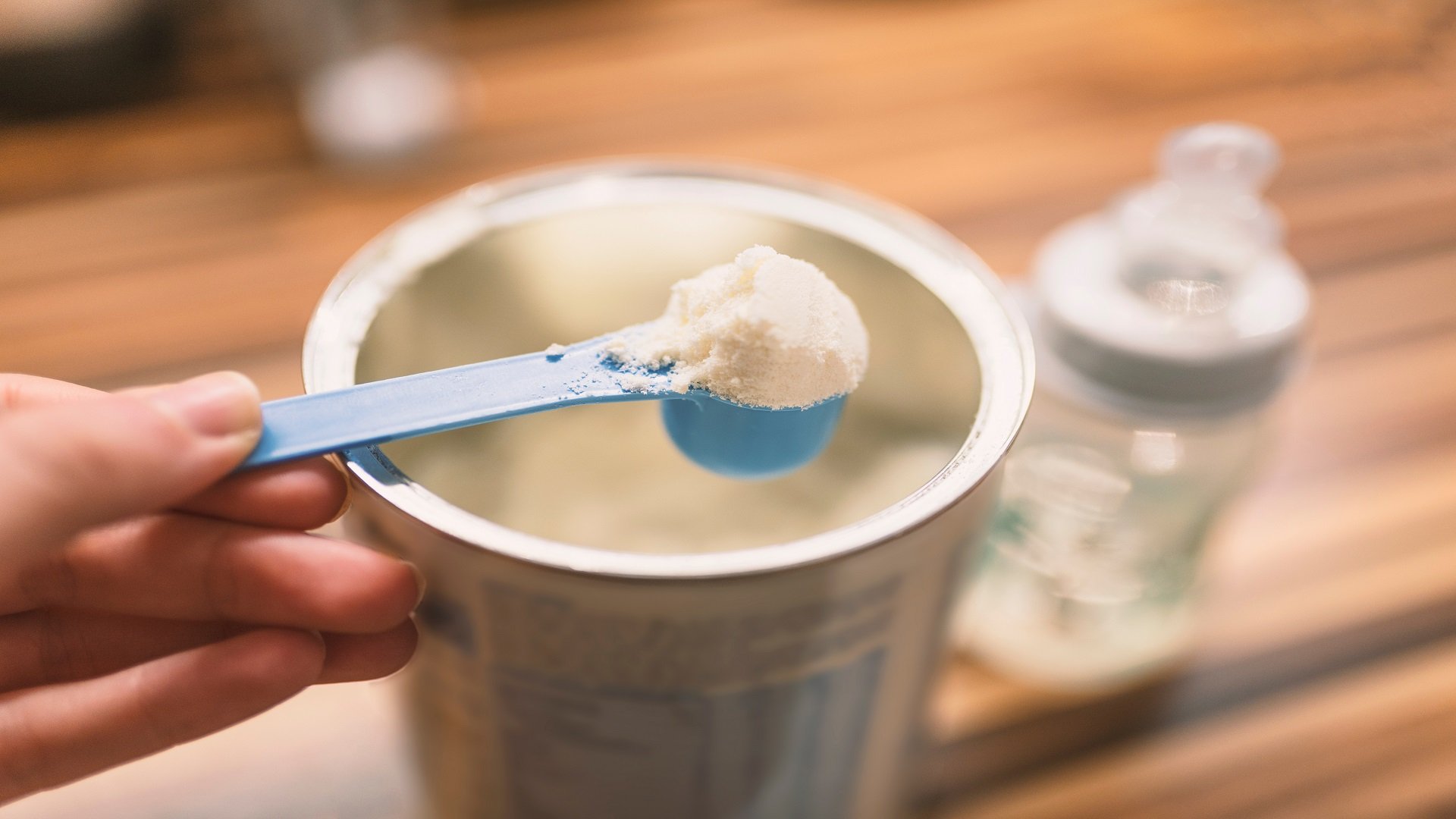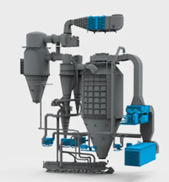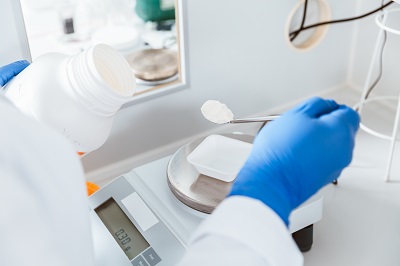Er is een fout opgetreden bij het verzenden van het bericht, probeer het later opnieuw
Industrieën
Aanmelden
Industrieën
-
Landbouw industrie
- Auto-industrie
- Battery
- Chemische procesindustrie
-
Commerciële & openbare gebouwen
-
Bouw
- Data centers
-
Defensie & Luchtvaart
-
Elektronica
-
Voeding- en drankenindustrie
-
Algemene industrie/productie
-
Broeikassen
-
Gezondheidszorg
- Olie, gas en olieproducten
- Farmaceutische industrie
-
Stroomopwekking en -distributie
- Pulp, papier en drukkerijen
-
Recreatie en vrije tijd
-
Detailhandel en supermarkten
-
Scheepsbouw en mariene toepassingen
- Staalindustrie
-
Opslag, Bewaring & Archieven
- Tijdelijke gebouwen
- Water en afvalwater
Oplossingen
- Klimaatsystemen voor gebouwen
- Cold storage
- Gecombineerde temperatuur- en vochtigheidsregeling
-
Koeling
-
Data center cooling
- Ontvochtiging
-
Droogruimten
- Energieterugwinning
-
Farm-management
-
Verwarming
-
Bevochtiging
-
Mist Elimination and Gas Liquid Separation
- Mist eliminatie
- Beheersen vervuiling & VOS verwijdering
- Sproeidrogen
-
Ventilatie
- Service
- Hogetemperatuurtoepassingen
- Rental Solutions
-
Mass Transfer
- Air Cleaners for Agriculture
- Climate and Irrigation Controllers for Agriculture
- Druppelvangers
- Energieterugwinning Producten
- Gecombineerde Temperatuur- en Vochtigheidcontrole
- Koelers en Bevochtigers
- Luchtinlaten
- Mass Transfer
- Ontvochtigers
- Ventilatoren & Lichtfilters
- Verontreiniging & VOS Controle
- Verwarmingstoestellen



